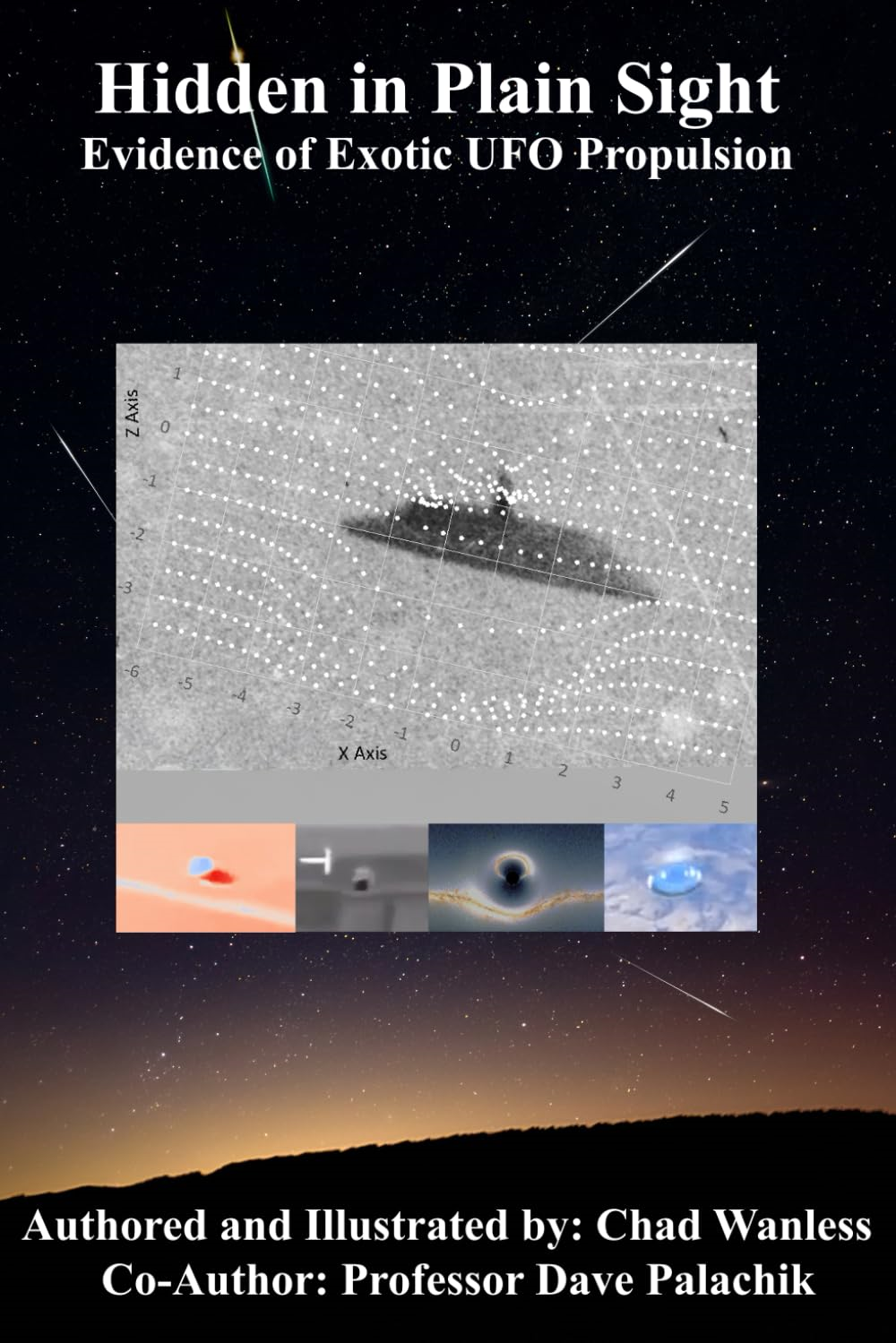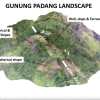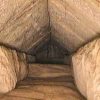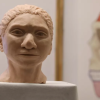Tests to determine age of Cerne Abbas Giant0
- Ancient Archeology, From Around the Web
- April 1, 2020
Archaeologists are hoping to establish the age of an ancient naked figure sculpted into a chalk hillside.

Archaeologists are hoping to establish the age of an ancient naked figure sculpted into a chalk hillside.
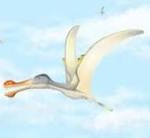
Reptiles inhabited prehistoric Morocco 100m years ago

The purpose of such an elaborate structure remains a big open question

Ikaria wariootia is half the size of a grain of rice and an early example of a bilateral organism

Researchers from Edinburgh university have discovered a new dinosaur “stomping ground” on Skye.

Inside the stout fins of a fish that prowled the shallow waters of an estuary in what is now eastern Canada about 380 million years ago, scientists have found what they call the evolutionary origins of the human hand.

The animal is a common ancestor of today’s ducks and chickens
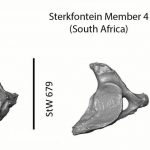
High-resolution micro-CT scanning of the skull of the fossil specimen known as “Little Foot” has revealed some aspects of how this Australopithecus species used to live more than 3 million years ago.

A unique rock carving found in the Teymareh rock art site (Khomein county) in Central Iran with six limbs has been described as part man, part mantis. Rock carvings, or petroglyphs, of invertebrate animals are rare, so entomologists teamed up with archaeologists to try and identify the motif. They compared the carving with others around the world and with the local six-legged creatures which its prehistoric artists could have encountered.

“Our new discoveries represent much more powerful evidence for very high temperatures that could only be associated with a cosmic impact. To help with perspective, such high temperatures would completely melt an automobile in less than a minute,” said James Kennett, a UC Santa Barbara emeritus professor of geology, who with his colleagues first reported evidence of an event in 2012 of the direct effects of a fragmented comet on a human settlement. Such intensity, he added, could only have resulted from an extremely violent, high-energy, high-velocity phenomenon, something on the order of a cosmic impact.
